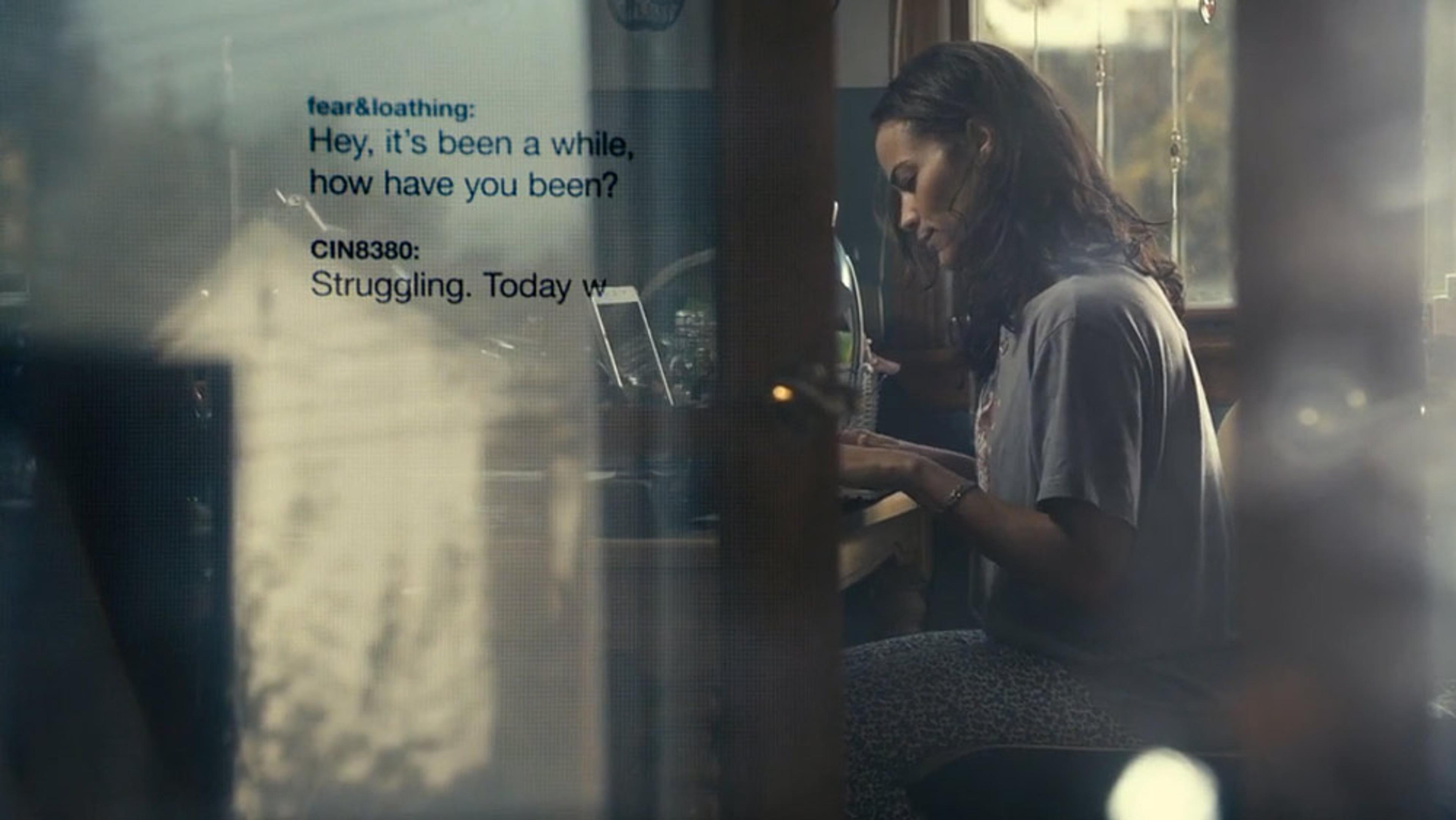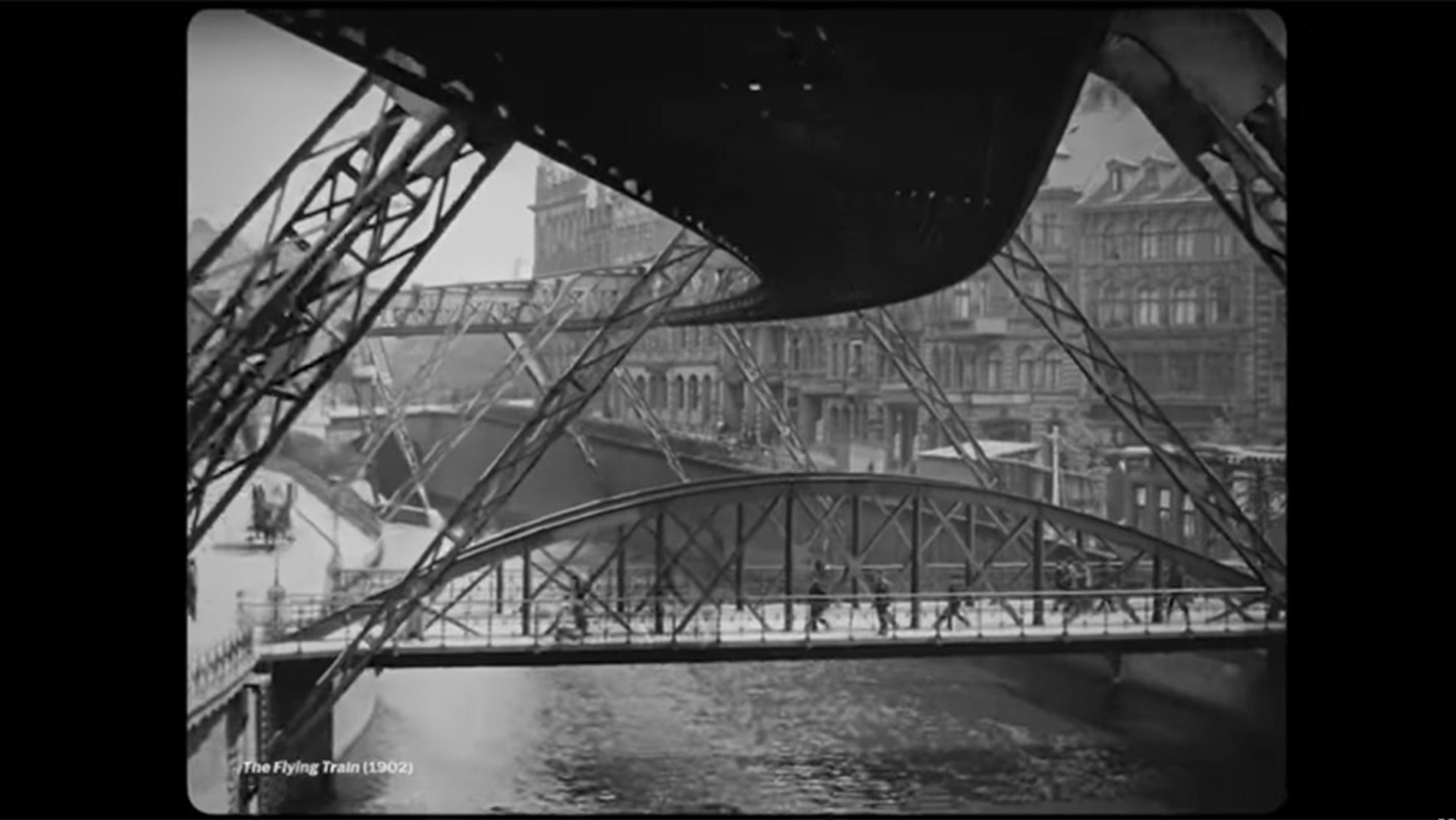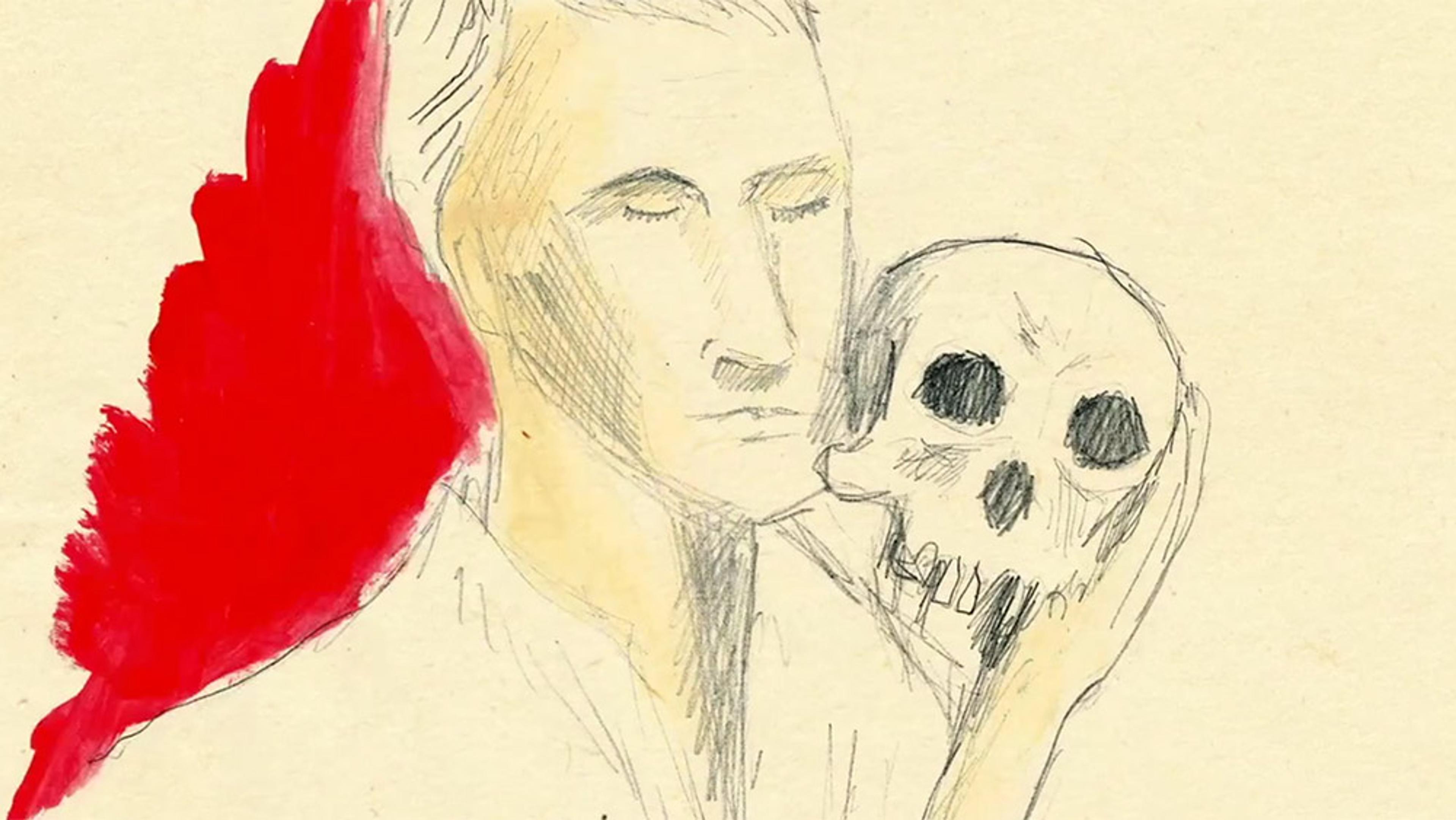From the meticulous geometric framing of Wes Anderson to the droll deadpan of Bill Murray, the influence of Buster Keaton’s comedy still ripples throughout popular culture. This video essay is part of the US filmmaker Tony Zhou’s Every Frame a Painting series, and it details how Keaton’s work helped to shape the visual language of film and on-screen comedy, dissecting just why his gags still amaze and amuse nearly a century after he first transformed motion pictures.
Why Buster Keaton’s visual comedy is still the best in a century-plus of cinema
Director: Tony Zhou

videoMood and emotion
The inventive absurdity of Chuck Jones, creator of ‘Looney Tunes’
9 minutes

videoFilm and visual culture
Why is our digital world so difficult to depict on our digital screens?
5 minutes

videoMaking
Stop, don’t go: stop-motion animation creates life from the stuff we throw away
2 minutes

videoFilm and visual culture
How Westerns captured the American psyche and eventually bit the dust
14 minutes

videoFilm and visual culture
Our ideas about what early movies looked like are all wrong
11 minutes

videoFilm and visual culture
Strap in for a delightfully disorienting dance of humans going places
6 minutes

videoArt
The Renaissance art illusion that proved everything is a matter of perspective
14 minutes

videoHistory of ideas
Is reboot culture out of control? Or are we kidding ourselves that anything is original?
5 minutes

videoFilm and visual culture
To see how editing shapes our experience of cinema, count the shots in ‘There Will Be Blood’
7 minutes